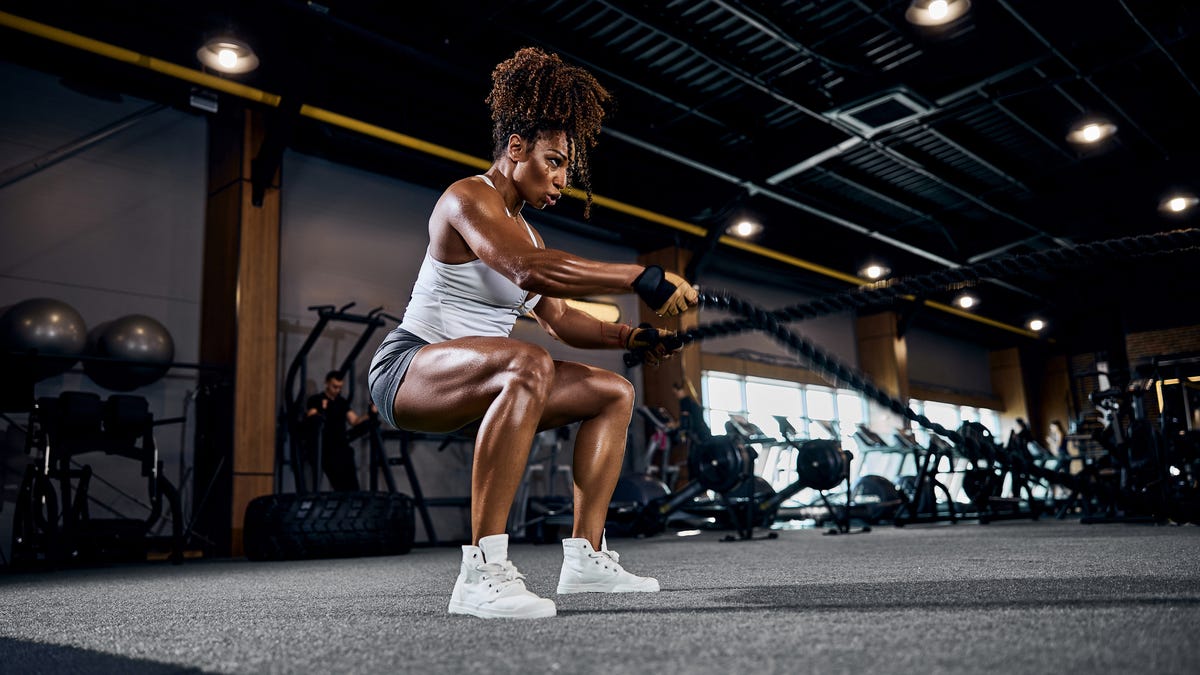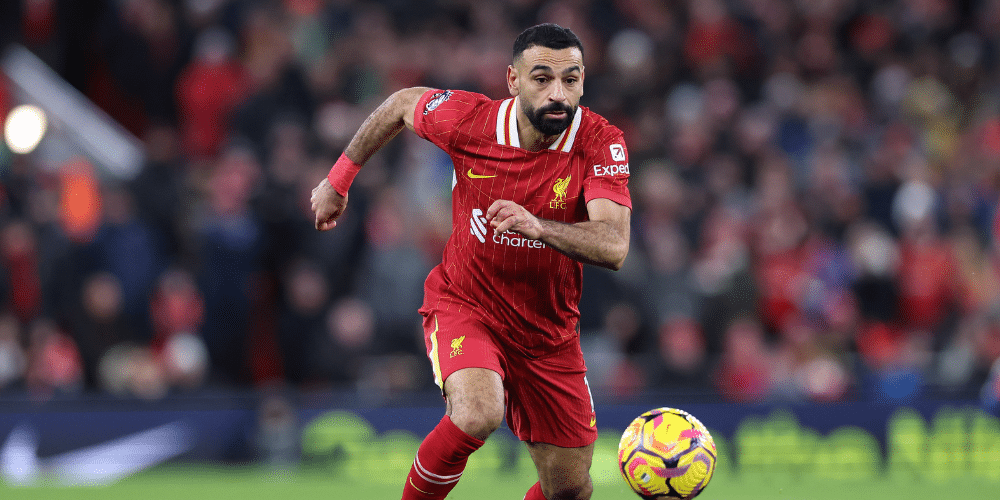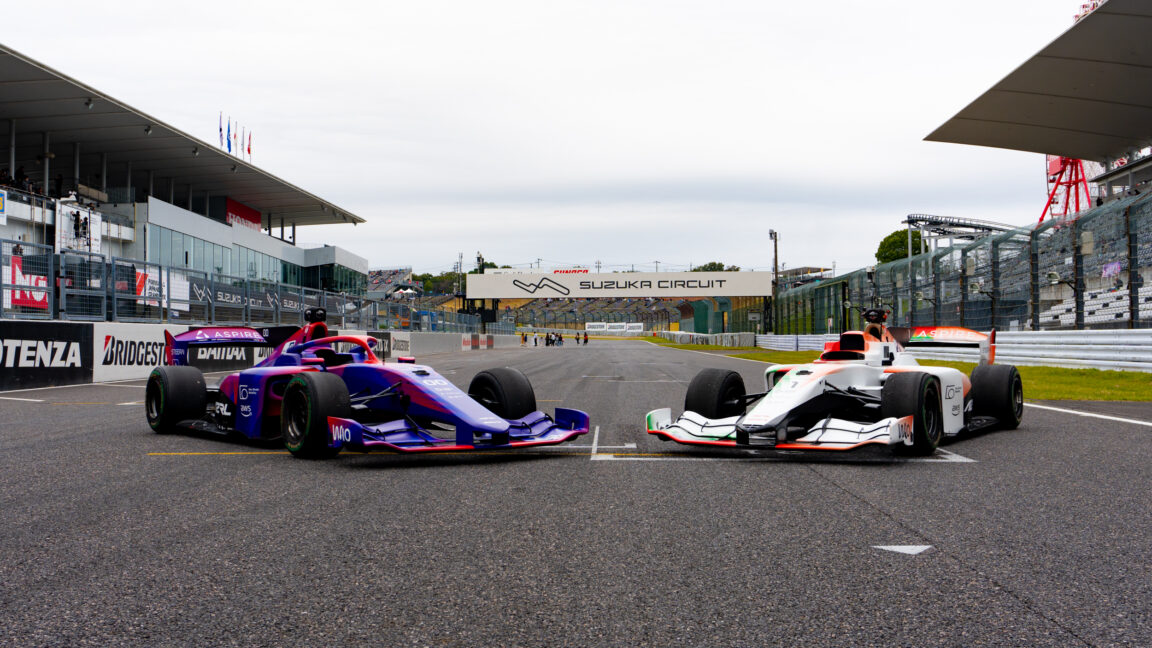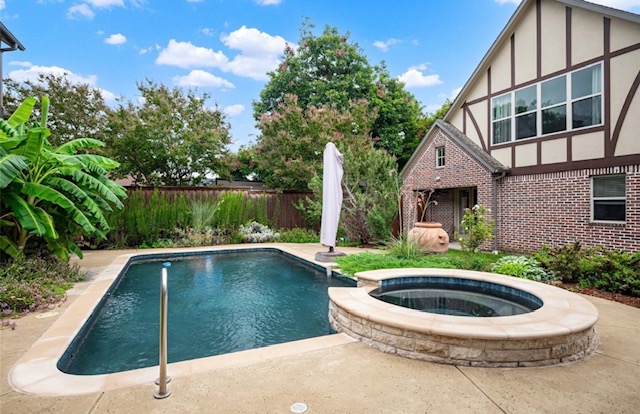Sports
NCAA, Power Five conferences reach deal to let schools pay players

The proposed legal settlement also would involve $2.8 billion in damages to former and current college athletes.
The NCAA, the Power Five conferences and lawyers for the plaintiffs in three antitrust cases concerning the compensation of college athletes on Thursday completed approvals of a proposed settlement that would include a nearly $2.8 billion damages pool for current and former athletes and fundamentally alter how current and future athletes are paid for playing their sports.
The SEC and the Pac-12 conferences provided their approvals of the deal on Thursday, sources familiar with those actions told USA TODAY Sports. The sources spoke on the condition of anonymity because of the ongoing state of the process. Thursday’s moves followed approvals earlier this week from the other three conferences and two NCAA governing boards.
“Ecstatic to get this done,” Steve Berman, one of the plaintiffs’ lead attorneys, told USA TODAY Sports as he said he was transmitting a letter to the court overseeing the cases. “When we started this, I never dreamed of this day. It’s a revolutionary moment in college sports.”
According to a summary of proposed settlement terms first reported by Yahoo! Sports and ESPN and later obtained by USA TODAY Sports, the NCAA would fund the damages pool over a 10-year period and schools that have been affiliated with the Atlantic Coast, Big 12, Big Ten, Pac-12 and Southeastern conferences would begin sharing future revenues with athletes.
In a joint statement, the NCAA and the commissioners of the five conferemces said, in part, the settlement:”is an important step in the continuing reform of college sports that will provide benefits to student-athletes and provide clarity in college athletics across all divisions for years to come. This settlement is also a road map for college sports leaders and Congress to ensure this uniquely American institution can continue to provide unmatched opportunity for millions of students.”
The NCAA will continue its pursuit of some type of antitrust protection. It also remains concerned with the possibility of athletes being determined to be school employees, an issue that is the subject of another ongoing court case and complaints being pursued through the National Labor Relations Board.
Part of the money for the damages settlement would come from reductions in the NCAA’s distributions to all Division I schools and conferences. Based on one of the lawsuits, payments could be made to athletes reaching back to 2016. That date is four years prior to when the suit was initially filed, the reach-back period allowed under antitrust law.
Berman said the settlement money will be divided into pools based several criteria. For example, one pool will be based on TV broadcast money that would have gone to athletes, another on money connected to videogames. Payments also will depend on factors including the number of years an athlete was on a team. Berman said football and men’s basketball players eligible to receive this money each are likely to receive tens of thousands of dollars, if not more.
Multiple sources have told USA TODAY Sports they expect that the proposed arrangement will have a future impact of at least $20 million a year on the budgets of athletics departments that pay their athletes the maximum combined total that would be allowed under a cap that would be established.
Athletes also would continue to be allowed to receive money for activities connected to the use of their name, image and likeness (NIL), including – but not limited to – endorsements and personal appearances.
The proposed deal now will have to be converted into a formal settlement agreement that will have to receive both preliminary and final approval by U.S. District Judge Claudia Wilken, who also will consider a fees-and-costs request from the plaintiffs’ attorneys that usually is based on a percentage of the damages pool. As part of that process, athletes, presumably represented by other attorneys, will have the opportunity to object. The approval process likely will take months to complete.
There is already another ongoing antitrust suit against the NCAA and the conferences that has the potential to be a source of objection to the proposed settlement. On Thursday, U.S. District Judge Charlotte Sweeney in Denver denied a request from the NCAA and the conferences to move that case from Colorado to California.
Had Sweeney granted the request, the NCAA and the conferences likely would have sought to have this suit consolidated with one of those covered by the proposed settlement.
However, Berman said he and co-lead counsel Jeffrey Kessler will pursue legal strategies designed to minimize the case in Colorado, Berman said that if the approval process goes smoothly, he hopes athletes could begin receiving checks in fall 2025.
The concept of college athletes being compensated in this manner was anathema to even the richest athletics departments 15 years ago, when the first in what became a line of antitrust cases was filed Berman’s firm, Seattle-based Hagens Berman Sobol Shapiro LLP. At that time, athletes basically were limited to receiving scholarships comprised of tuition and mandatory fees, books, room and board.
Since then, college sports revenues, along with the salaries of coaches and administrators have boomed. The Power Five conferences combined to total just over $3.55 billion in revenue during their 2023 fiscal years, according to their most recent federal tax records. Georgia football coach Kirby Smart recently signed a contract that is set to pay him $13 million annually. And former Texas A&M football coach Jimbo Fisher is receiving more than $77 million in buyout money after being fired by the school this past November.
Meanwhile, many college athletics officials at major-conference schools slowly – and under significant pressure from federal courts and state legislators – began warming to the idea of finding ways for their athletes to get greater benefits.
In 2019, the California legislature passed, and Gov. Gavin Newsom signed, a measure designed to make it easier for college athletes in that state to make money from their NIL. Several other states passed similar measures, and the NCAA in July 2021 changed its rules regarding athlete compensation from NIL activities.
In the courts, the NCAA lost one lawsuit filed on behalf of former UCLA basketball player Ed O’Bannon, then another on behalf of former West Virginia football player Shawne Alston that culminated in a unanimous ruling by the Supreme Court that the NCAA could not place any limits on education-related benefits for athletes.
The proposed settlement would end a case on behalf of plaintiffs led by former Arizona State swimmer Grant House in which Wilken in November 2023 granted class-action status to athletes seeking damages based on the share of television-rights money and the social media earnings they claim they would have received if the NCAA’s previous limits on NIL compensation had not existed.
Attorneys for the NCAA and the conferences had written in legal filings that the athletes are seeking more than $1.4 billion. The filings did not specify whether that figure takes into account the tripling of damages awards that occurs in successful antitrust cases. If it does not, then more than $4.2 billion would have been at stake in the case.
The settlement also would cover two other cases. One, on behalf of former Oklahoma State football player Chuba Hubbard, included a damages claim rising from the Alston case that was based on the value of education-related benefits athletes say they would have received, absent NCAA limits. Those could have amounted to more than $900 million, if tripled.
The other, on behalf of former Duke football player DeWayne Carter, could have been the most devastating of all to the NCAA and the conferences. Like the case that has been allowed to proceed in Colorado, it seeks an injunction that would bar any NCAA rules that prevent such an open market – basically the creation of a formalized pay-for-play system in which athletes can be paid by their schools for their athletic services.
Because of the extent of that potential compensation, a damages award in either of those cases could be even greater than those at stake in the House case.










